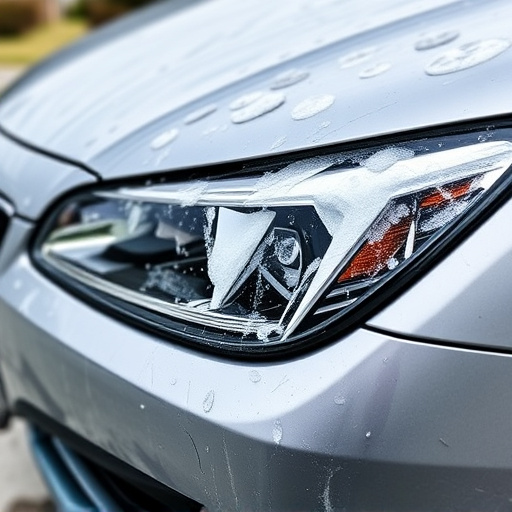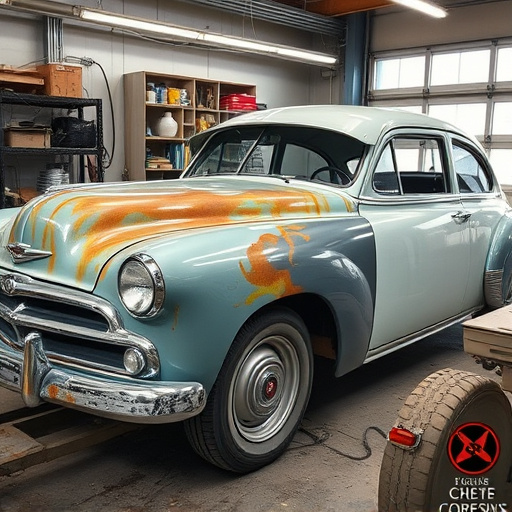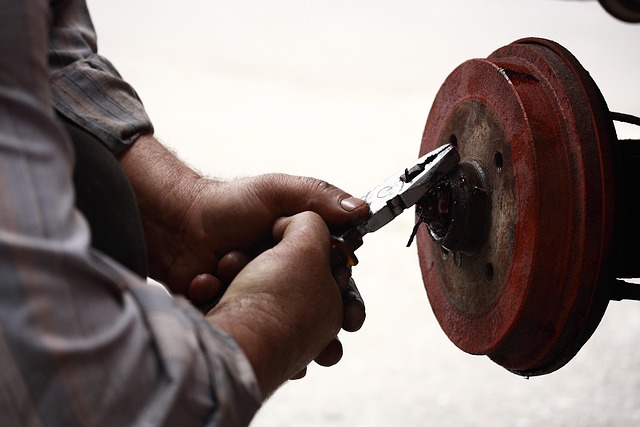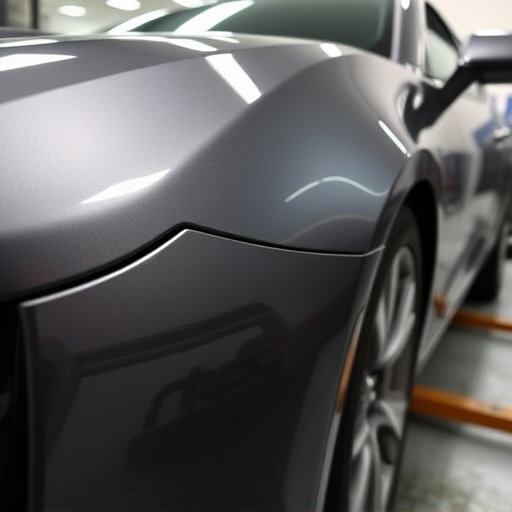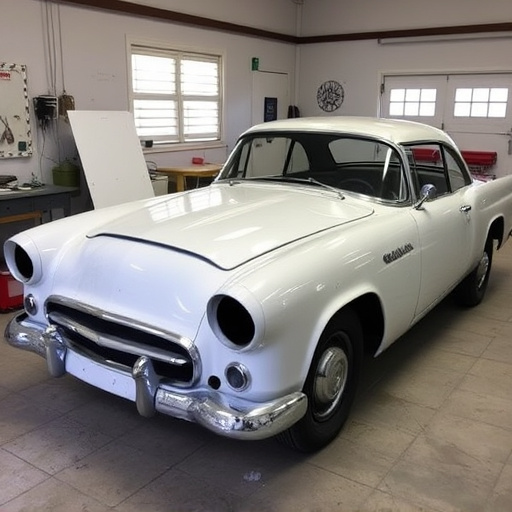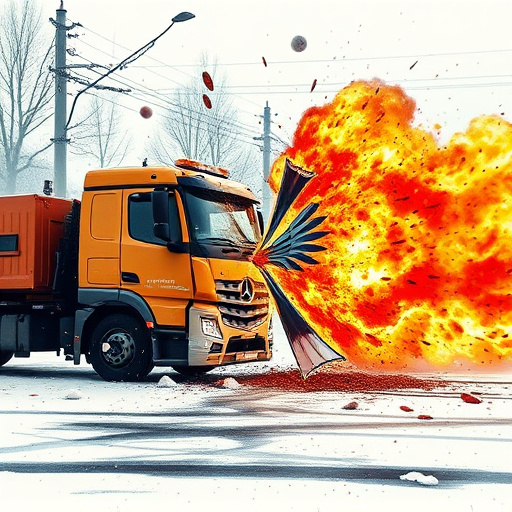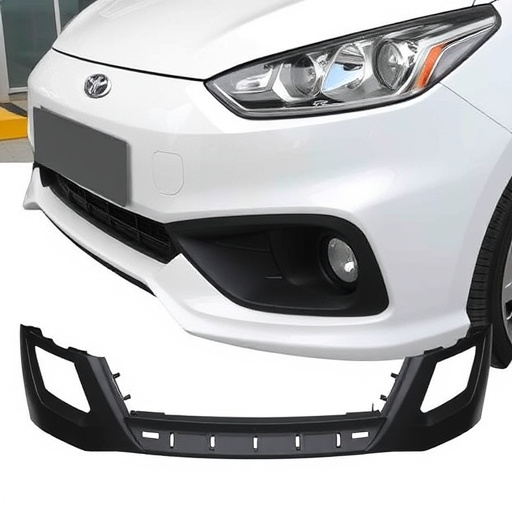Snow-related crash repair begins with meticulous damage assessment, from initial inspection to estimating costs and timelines. Part acquisition is crucial, impacting repair duration; common parts are readily available, but specialized components may cause delays. Repair processes vary by severity, involving disassembly, replacement, and body work, with updates throughout for transparent progress.
In snowy regions, snow-related crashes can cause significant damage to vehicles, leaving drivers unsure about the repair process. This article provides a comprehensive guide to understanding and navigating the timeline of snow-related crash repairs. From assessing damage and parts acquisition to the actual repair process, we break down each crucial step. Knowing what to expect can help reduce stress and ensure efficient restoration of your vehicle to its pre-accident condition.
- Assessing Damage: Understanding the Scope of Work
- Parts Acquisition and Availability: A Crucial Factor
- Repair Process Timeline: From Estimation to Completion
Assessing Damage: Understanding the Scope of Work

Assessing damage is a crucial step in any snow-related crash repair process. After a collision, both drivers and insurance companies need to understand the full scope of work required. This involves meticulously inspecting every part of the vehicle for potential damage, from minor fender benders to more severe impacts that could affect the chassis or structural integrity.
The complexity and extent of snow-related crash repairs can vary greatly. Simple fixes like vehicle dent repair might only take a few hours, while more serious issues such as cracked or damaged components may require specialized services from reputable vehicle repair shops. Understanding these nuances is essential for efficient insurance claim processing and ensuring vehicles are safely returned to the road.
Parts Acquisition and Availability: A Crucial Factor

Acquiring the necessary parts for snow-related crash repair is a critical step that can significantly impact the timeline. Many auto body shops stock common replacement parts to cater to various winter-related accidents, ensuring faster turnaround times. However, unique or specialized components might require ordering from manufacturers or suppliers, which could add several days to the process. This delay is particularly true for less common snow-related damages, such as repairs for damaged undercarries or specific thermal protective gear.
The availability of parts varies across regions and dealers, especially during peak winter seasons when demand surges. In remote areas, limited access to specialized auto body shops and their suppliers can extend the wait time for crucial parts. Conversely, urban centers with well-established collision repair services often boast extensive part inventories due to higher population densities and frequent accidents, enabling quicker repairs.
Repair Process Timeline: From Estimation to Completion
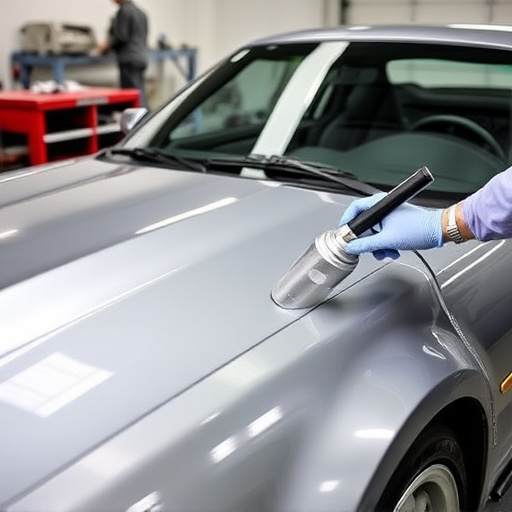
The timeline for snow-related crash repair can vary significantly depending on several factors, including the severity of the collision, the extent of damage to the vehicle, and the availability of parts. The process generally begins with an initial estimate conducted by a qualified technician who assesses the vehicle’s condition. This step is crucial as it determines the scope of work required for collision damage repair and sets the stage for the overall cost.
Once the estimation is finalized, the actual repair work can commence. This phase involves various tasks such as disassembling damaged parts, replacing or repairing components, and meticulous body shop services to ensure the vehicle’s structural integrity. Alongside these repairs, tire services might also be needed if the crash has affected the tires’ condition. Throughout the process, regular updates and progress checks are conducted to keep the owner informed about the repair status, ensuring transparency and peace of mind.
Snow-related crash repairs can vary significantly in duration, but understanding the process is key. Assessing damage and acquiring parts efficiently are critical factors that impact the timeline. On average, these repairs can take anywhere from a few days to over a week, depending on the complexity of the work. By prioritizing communication with professionals and ensuring part availability, you can navigate the repair process more smoothly.
